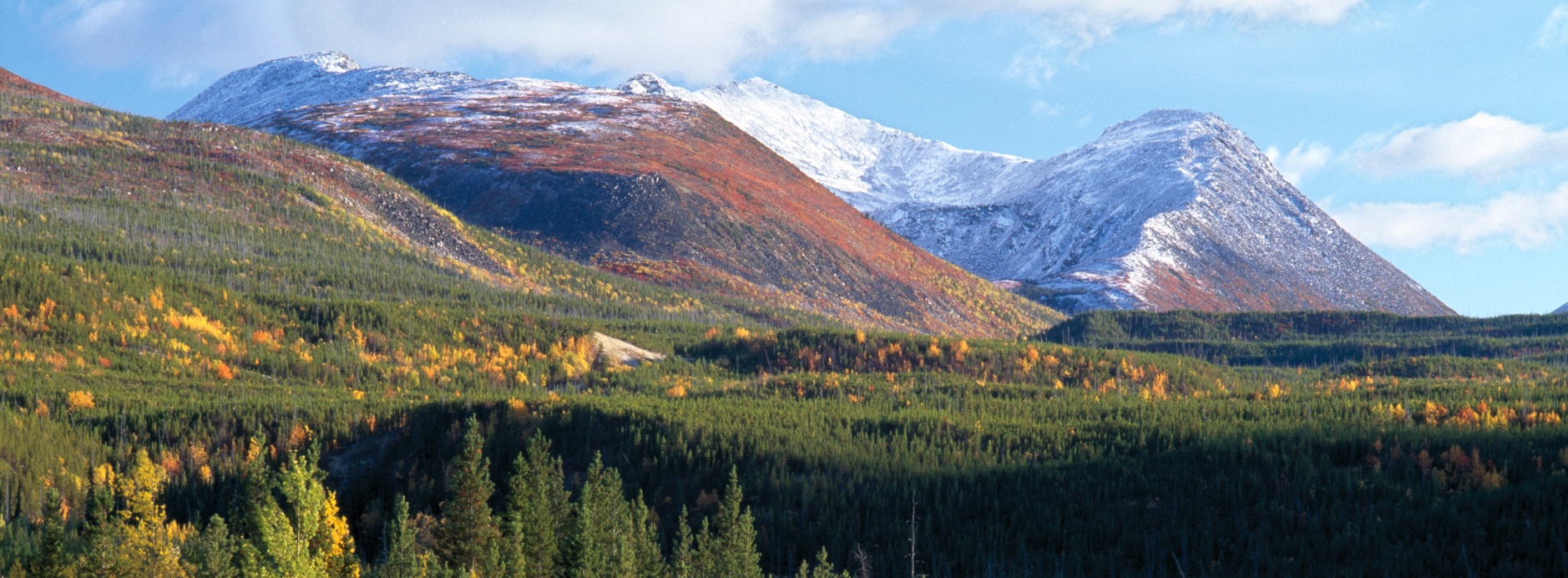Protecting Our Planet
Canada and the U.S. have a long history of working together to protect our air, water and wildlife. In 2021, Canada and the U.S. published a Roadmap for a Renewed Partnership, which included a number of climate actions and environmental initiatives. Chief among them was working together to cut methane emissions. Since then, Canada signed on to the U.S. co-led Global Methane Pledge – a commitment to cut global methane emissions by 30% by 2030. We are also working with Mexico to develop a North American Strategy on Methane, which Canada will support through its commitment to reduce national methane emissions by at least 75% by 2030, including through regulations.
Ours is an established partnership. In 1991, Canada and the U.S. established the Air Quality Agreement (AQA) to address transboundary air pollution that was causing acid rain. A decade later, the Agreement was updated to include ground-level ozone to reduce smog. Since the AQA was signed, sulphur dioxide and nitrogen dioxide emissions that pollute the air we breathe have been dramatically reduced in both Canada and the U.S., leading to healthier communities on both sides of the border.
Canada and the U.S. also work together to protect our shared waters. Our partnership on transboundary water began more than a century ago when we signed the Boundary Waters Treaty in 1909. And, in 2022, we celebrated the 50th anniversary of the Canada-U.S. Great Lakes Water Quality Agreement. The Great Lakes are vital to the wellbeing of millions of people. They contain almost 20% of the world’s surface freshwater, they sustain 4,000 species of plants and animals, they generate billions of dollars in economic activity, and they provide drinking water for our communities. This Agreement contributes to the quality of life of Canadians and Americans through sound management and use of the Great Lakes. We renewed our commitment toward transboundary freshwater lakes and rivers, including funding announcements, along with the U.S., to clean up over 90% of our legacy polluted areas in the , by 2030.
We also work with the U.S. to ensure that the wildlife that ranges across our shared border is managed sustainably and in cooperation with Indigenous peoples. For over a century, through the Migratory Birds Convention, we have worked together to protect migratory birds, their eggs and their nests. The convention also supports the restoration of depleted populations of migratory birds, supporting conservation efforts in both countries. We also collaborate to protect other migratory species, like the Porcupine caribou. Every year, the Porcupine caribou herd migrates between Alaska, the Yukon and Northwest Territories. Canada and the U.S. signed an Agreement in 1987 to protect this herd, conserve its habitat and sustain customary and traditional uses of the herd by Indigenous peoples and rural residents. Our cooperation will help us achieve our shared ambitious goal of conserving 30% of our land and water by 2030.


